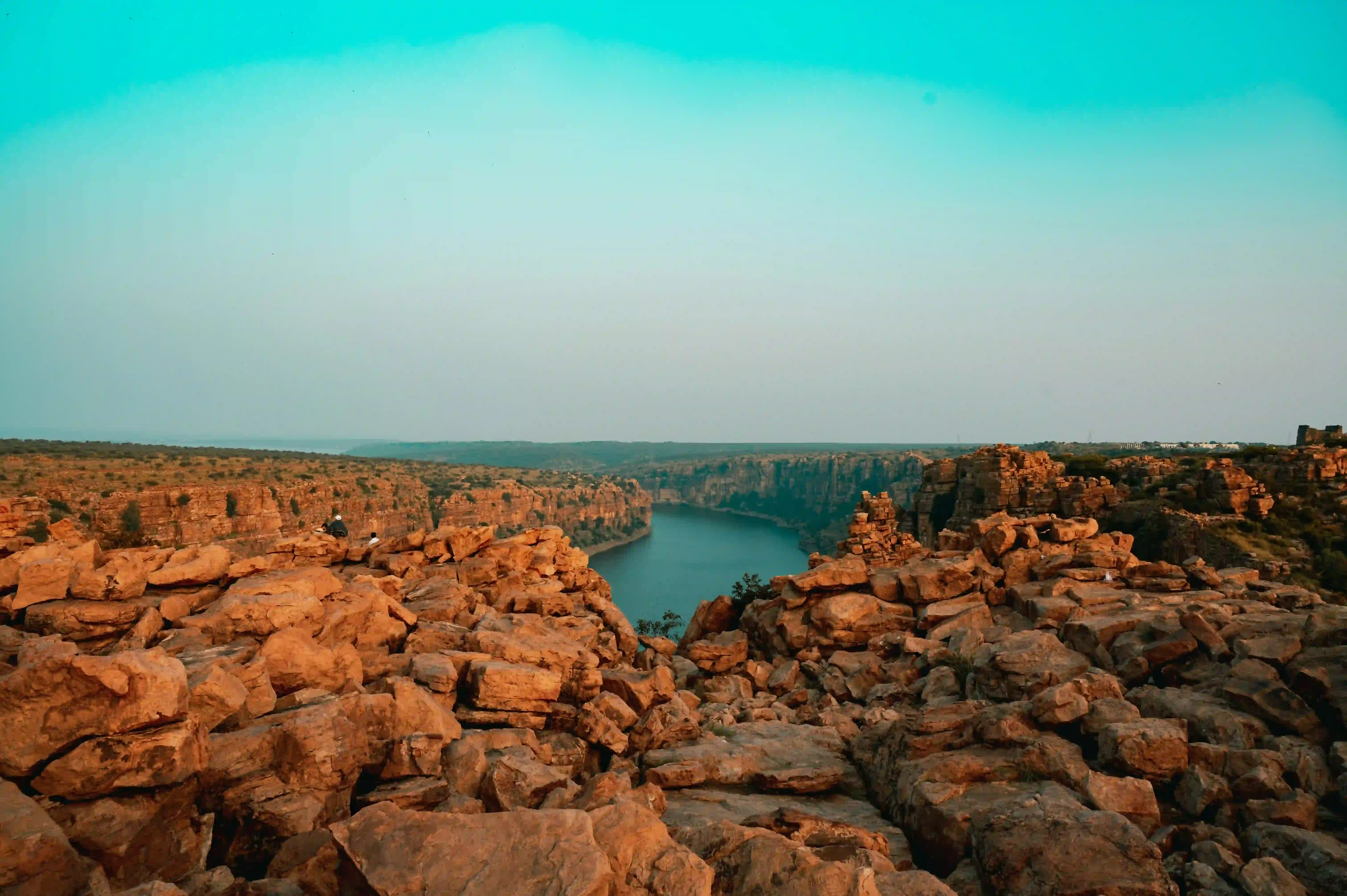Guindy National Park represents a unique ecological treasure nestled within the bustling urban landscape of Chennai, Tamil Nadu. This extraordinary green space has evolved from a colonial-era estate to a critically important conservation area that serves as a vital ecological lung for the metropolitan region. Its origins trace back to the early 17th century, when the area was part of the expansive grounds surrounding the Governor's Mansion, eventually transforming into a significant protected national park.
The park's historical narrative is deeply intertwined with the colonial heritage of India, initially serving as a private game reserve and recreational retreat for British governors. In 1672, Governor William Langhorne established Guindy Lodge, which became a symbolic space of colonial administrative leisure. The government of Madras purchased the original 505-acre plot in 1821 for ₹35,000, marking the beginning of its formal conservation journey.
After India's independence in 1947, the park underwent significant transformations. The Guindy Lodge was converted into the Raj Bhavan, becoming the official residence of the Tamil Nadu Governor. This transition symbolized a broader shift from colonial possession to a public ecological resource. The park's commitment to biodiversity conservation became increasingly pronounced, with a remarkable ecosystem supporting diverse wildlife including blackbucks, spotted deer, and over 130 bird species.
The park's ecological significance extends far beyond mere green space. It represents a critical habitat within an urban environment, providing a sanctuary for numerous species and serving as an essential research and conservation site. Its tropical dry evergreen forests and scrublands create a unique microclimate that supports intricate ecological interactions. The presence of water bodies like the 'Tangal Eri' lake and diverse landscape features contribute to its rich biodiversity.
Conservation efforts at Guindy National Park have been multifaceted and progressive. Notable figures like Jawaharlal Nehru played crucial roles in establishing dedicated spaces within the park, such as the Deer Park and Children's Park in the late 1950s. These initiatives reflected a broader national vision of integrating conservation, education, and public engagement. The park has since become a model for urban wildlife preservation, demonstrating how natural habitats can coexist with metropolitan development.
Modern management of the park emphasizes sustainable eco-tourism and scientific conservation. Regular wildlife census operations, habitat restoration projects, and stringent anti-poaching measures underscore a comprehensive approach to environmental stewardship. Visitors are increasingly encouraged to engage with the park through educational programs that highlight the delicate balance between urban expansion and ecological preservation.
The park's cultural and ecological narrative is enriched by unexpected wildlife encounters and conservation stories. Instances of urban wildlife like jackals and various snake species finding refuge within the park's boundaries highlight its critical role as a green corridor. These stories not only fascinate visitors but also underscore the importance of maintaining urban biodiversity corridors in rapidly expanding cities.
As Chennai continues to grow and transform, Guindy National Park stands as a testament to the possibility of harmonious coexistence between urban development and natural conservation. Its ongoing efforts in habitat preservation, wildlife protection, and public education position it as a crucial ecological landmark. The park continues to inspire future generations about the delicate yet resilient nature of urban ecosystems, offering a compelling model of sustainable environmental management.









